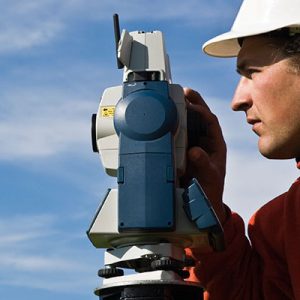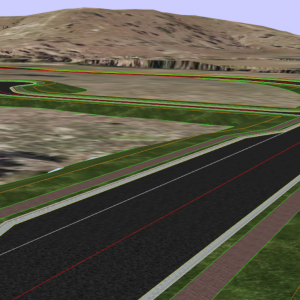Civil Design Basics 2 – Essential Techniques
$495.00 inc GST
The follow on course to our 12d Model ‘Civil Design – Fundamentals’ course for road and intersection design.
Delivered online via 3 x three hour on-line sessions (on three different days in the same week).
The date shown is the date of the first on-line session.
You are registering for three eLearning sessions.
The cost shown is the total for all three sessions
- Start Time: 9:30 am
- End Time: 12:30 pm
- Date: 9.30am-12.30pm Tues 19th, Wed 20th & Thurs 21st November 2024
- Place: Online
6 places available
Civil Design Basics – Essential Techniques
This course builds on the concepts described in the ‘Civil Design Basics – Fundamentals’ course
Prerequisites: ‘Introduction to 12d Model’ or a good working knowledge of 12d Model. By booking a course, you affirm that you meet the requirements for 12d Model training courses.
Participants will learn the process for creating road designs in 12d Model, including basic intersection design, adding superelevation and widening, creating bus bays and the like.
They will become familiar with the techniques for creating long and cross sections drawings, and ‘Chaining’ design operations together so that designs and drawings can quickly be revised.
Course Summary
- Review the techniques covered in Civil Design Basics – Fundamentals
- Open an existing project, and review the design of the Reference Strings (road centrelines) for two roads. Add plan transitions (spirals) to the road centrelines.
- Load templates (cross section definitions) from a library, and review the cross sections.
- Create an MTF (a cross section control file) load templates into the MTF, and generate the road design for both roads.
- Use the commands in the MTF to create widening, superelevation and layout of a bus-bay. Design a spoon drain for the bus-bay.
- Design an overlay for one of the roads, and ensure that crossfall of the overlay matches the crossfall of the existing road.
- Create kerb returns for the intersection of the two roads, and grade (create a vertical design) the kerb returns. Use 12d Model to automatically generate the grading.
- Review the process for creating Long Section and Cross Section drawings
- Create a ‘Chain’ of the design operations. This automates the design steps required when changes are required, and allows quick and effective redesign and drawing production.





